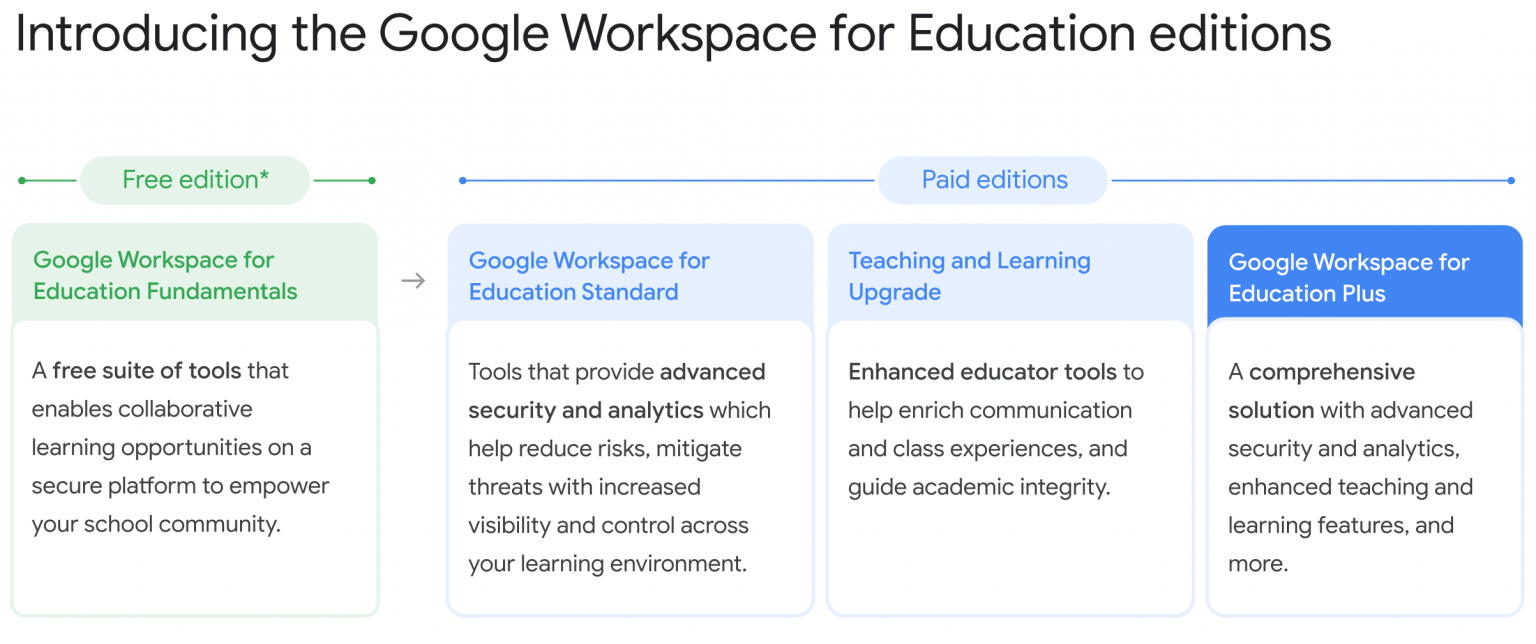

This means that your business could be losing 32 days per employee, per year.īy combining multiple apps into a more seamless user interface (UI), solutions such as Google Workspace could potentially save your business a significant amount of time.


Studies suggest that an employee wastes up to 60 minutes every day navigating between apps. According to Demystifying the desktop, an employee typically switches between 35 job-critical applications over 1,100 times a day. Providing a more seamless user experience (UX) can boost productivity. Instead of clearly-defined Gmail, Google Sheets, Calendar, and Drive, we’re starting to see a unified interface. This isn’t just a rebranding, as Google Workspace seems set to blur the lines between Google’s individual applications. However, as of October 2020, the G Suite brand is no more as Google has officially announced that G Suite has become Google Workspace: Since then, the platform has risen in popularity, and today more than six million businesses rely on its online productivity and collaboration tools. It’s been four years since Google’s Apps for Work became G Suite. Let’s get started! An introduction to Google Workspace vs G Suite We’ll also look at what the future holds for G Suite, and what you should expect if you’re an existing customer. We’ll demystify what Google Workspace is, and what it has to offer. Fortunately, you can continue using all your favorite tools, as well as many new features. Regardless of whether you’re a G Suite customer or just a curious onlooker, you may be wondering what this new product means for Google’s most popular apps. Learn MoreĬonfused about the difference between Google Workspace vs G Suite and what happened to G Suite? As of October 2020, Google has officially rebranded G Suite into Workspace, and we’ll be sharing all the important details in this post. When you purchase through referral links on our site, we earn a commission.


 0 kommentar(er)
0 kommentar(er)
